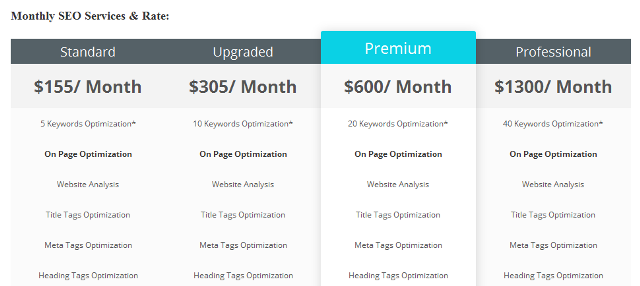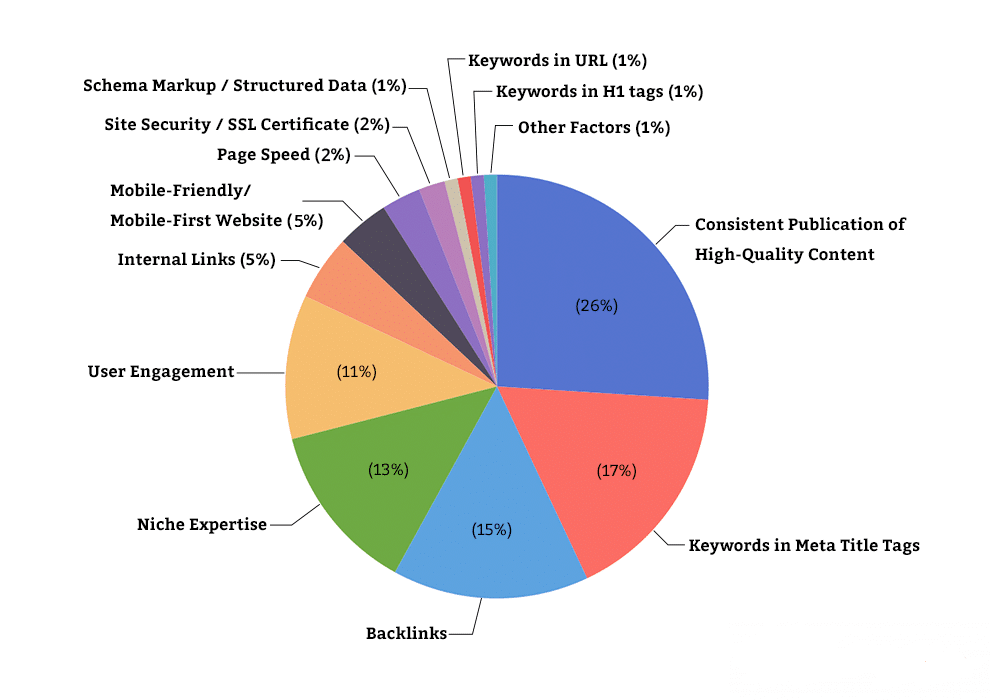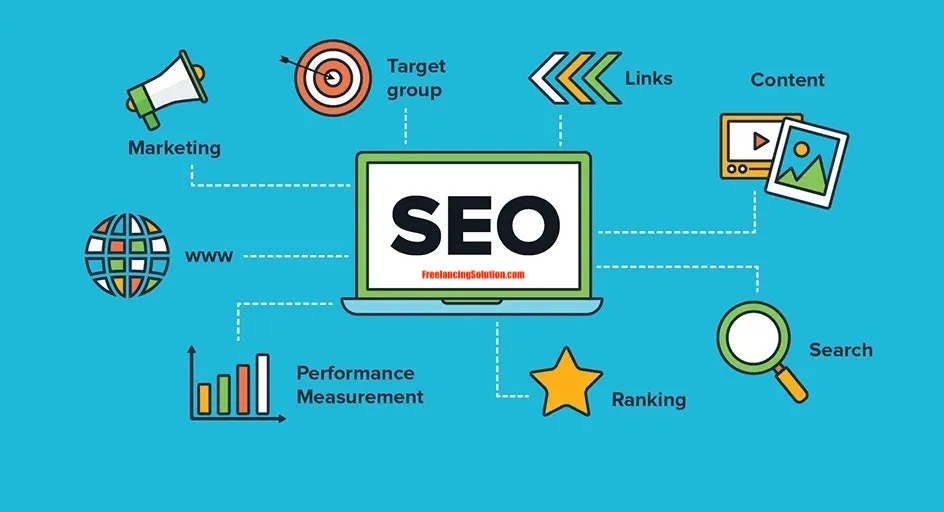You know that what you put on your website is important, but do you know how to get more views and links? That’s where SEO content writing comes in. Search engine optimization (SEO) is the process of increasing a website’s visibility in search engines like Google. Nevertheless, many factors can influence this seemingly simple process. Fortunately, we’ve compiled a list of tips and tricks for optimizing your site’s content so it naturally attracts potential readers—and helps them find what they need from your site.
Avoid excessive keyword density
You’re probably familiar with the concept of keyword density, but just in case you aren’t, here’s a quick run-down: It’s how often a keyword appears in relation to your total word count. The more times it shows up, the better for search results. It can also be helpful for SEO purposes to use synonyms for words that you want to target—for example, instead of using “search engine optimization” (SEO) throughout your entire content piece, try substituting “search engine optimization strategy.” This strategy will help make sure that your audience understands what you’re saying and also draws their attention to other content they might be searching for!
Now that we’ve covered keyword density as an SEO tactic and why it matters when writing content for search engines on websites or blogs…
Make your seo content writing engaging and readable
- Use active voice. It’s a simple concept, but it can be hard to change the way you write. Instead of writing something like “Our team has made some great improvements to our website”, you should write something like “We added new content to our website”. Active voice sounds more natural and is easier to read, so try this out on your next blog post or web page!
- Use short sentences. Just as with avoiding passive voice above, using shorter sentences makes reading easier for people because they aren’t overwhelmed by huge blocks of text that require their full attention just to make sense of them. If there’s one thing I’ve learned from decades in front of the keyboard (it feels like a life time), it’s that most people don’t enjoy reading big chunks of text without any breaks whatsoever—so give them some breathing room!
- Use simple words and avoid jargon where possible (don’t overcomplicate things). This is not just limited to SEO content writers; it applies across all types of media writing: if someone has never heard an industry term before then chances are high that person won’t understand what you’re talking about even if they know what industry (or topic) you’re discussing! When possible always opt for simpler expressions rather than more complicated ones; this will help readers understand what it is exactly about YOUR specific content which makes THEIR lives better – whether directly through personal advice or indirectly through entertainment value
Follow on-page SEO best practices
- Use your keywords in the title tag, meta description and body content.
- Keep your keyword density to a reasonable level (1-2% is ideal).
- Use header tags correctly. You should have an H1 header tag for the title of each page on your site and an H2 header for subtitles or subheadings. Also remember to include an H3 header tag if you have more than one level of subtext below that heading.
- Use alt text when uploading images to your website so Google can understand what they are showing as thumbnails on search engine results pages (SERPs). If you don’t want to type out every single word in this space then just write a short sentence like “A picture of my product” or “An example image.” A good rule of thumb is to keep it at least 50 characters long so Google can read all of it easily when they’re displaying these images on SERPs.
- Link out to other relevant resources within paragraphs, not just at the end lists with links throughout paragraphs can help make them easier for readers who may be skimming through them quickly without actually reading every word carefully enough – which could mean missing valuable information!
Write lengthy, well-organized seo content writing.
Long-form content is something that you should be writing for your website.
To make your long-form content stand out in the search results, you need to organize and structure it well.
Long form means that the article should be at least two paragraphs long; preferably more than three paragraphs if possible. A lot of people tend to write short articles or not even bother writing any articles at all (this person included). However, those who write longer pieces have the potential to do better because they have more time and space to explain themselves clearly without feeling rushed or like their work has been cut off halfway through its life span by arbitrary page limits set by social media sites like Facebook which only allow up 250 characters per post! So if one person’s post gets lost because they didn’t write enough then another person’s might get noticed because theirs was longer so it got shared more often too – but then again maybe not since there could still be other reasons why one piece may reach more readers than another…
Include relevant multimedia elements such as videos and images
You can add images, videos and other types of multimedia elements to your webpage. This is a great way to break up text and make it more readable. Images are also a great way to illustrate your point or provide more detail about the topic you’re writing about.
Use keywords in header tags
- Use keywords in header tags. Header tags are used to organize and break up the content on your web page, but they also help search engines better understand what your page is about. The most important headers are H1, H2, and H3. To make sure you’re using them correctly on each page of your website:
- Use keywords in the meta description tag. This is another way of helping search engines know what your site is about. Just like with headers, it helps if you keep these short (no more than 4-6 sentences) and use relevant keywords at least once or twice throughout the text of the meta description
Track and measure your results using Google Analytics and similar tools
In this section, we’ll talk about how to track your content, which is a critical part of your SEO strategy.
Google Analytics is a free service that provides detailed reports on website performance, traffic sources and conversions. It can be used to track SEO efforts in a number of ways:
- A/B testing – You can test two versions of your site to see which performs better by tracking their respective data points.
- Keyword analysis – Use keyword suggestions from Google AdWords or Bing Ads (both free services) as starting points for long-tail keywords that might be relevant for your business if you’re looking for new traffic sources outside search engines.
Moz offers another free analytics tool called Followerwonk that lets you compare follower growth between groups of people, so you can see if certain influencers are more willing to share links from certain blogs than others are and vice versa. You could also use it to identify dormant accounts on Twitter or Facebook where there hasn’t been any activity in recent years – chances are those dormant users have died off by now and aren’t actually going anywhere near social media anymore!
Better content is the key to a successful SEO strategy.
Better content is the key to a successful SEO strategy. If you’re going to invest in SEO, then you need to take full advantage of it. Good content is what keeps visitors coming back and helps build up your audience. While there are many different factors that go into creating an effective SEO strategy, the most important one is good content that adds value for users and makes them want to share it with their friends and family (or maybe even strangers).
Conclusion
With these tips, you should be well on your way to creating more effective content. We know it’s not always easy to write great content that also optimizes for search engines, but it is worth the effort if you want your site to be successful. By following our guidelines and using tools like Grammarly and Hemingway App, you can create SEO-friendly copy that will help your audience find what they’re looking for while also increasing traffic from Google searches.











